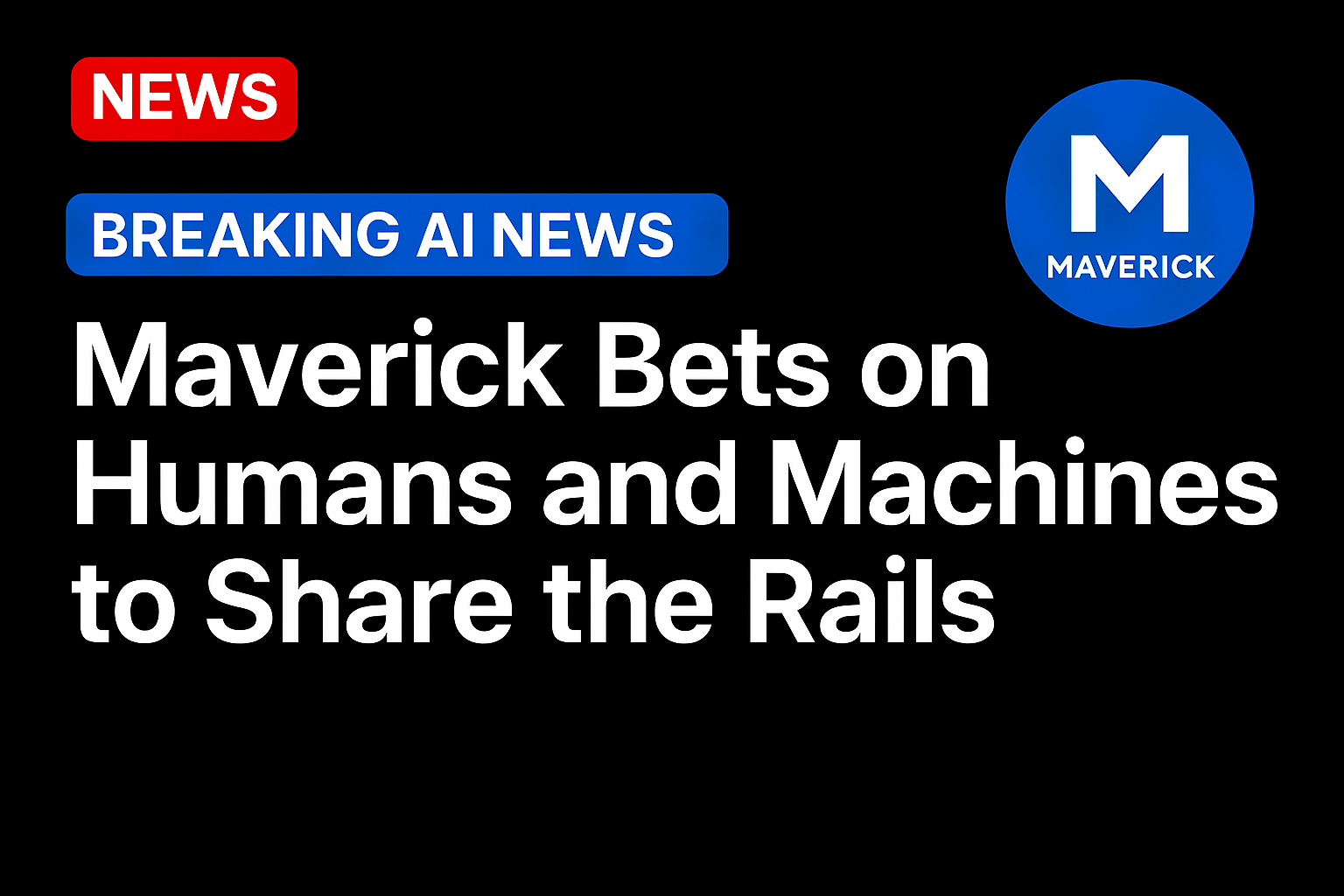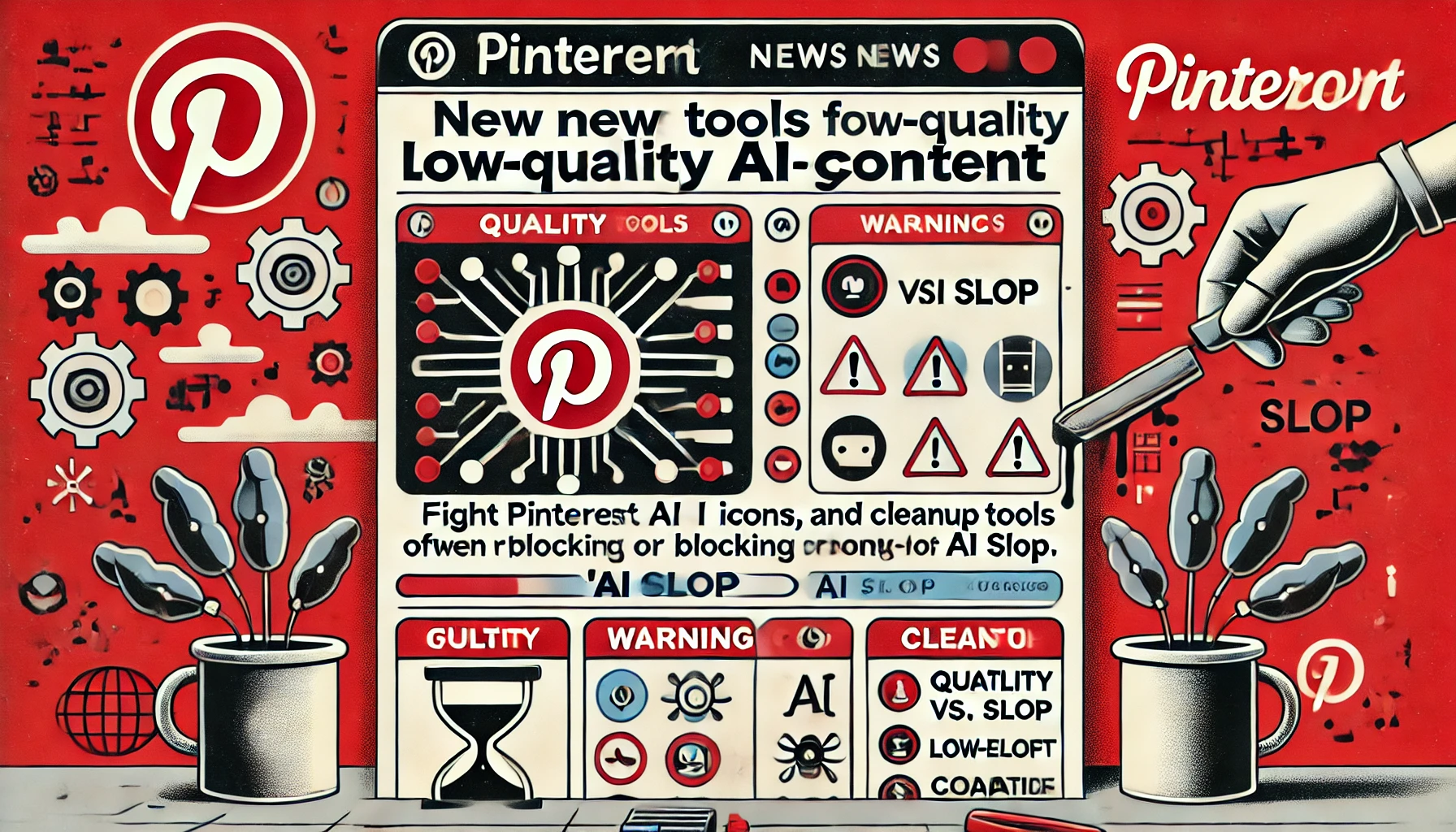Merchants, independent software vendors (ISVs), independent sales organizations (ISOs) and financial institutions (FIs) all play vital roles in the payment ecosystem. Those roles used to overlap or compete, but today they increasingly depend on one another to deliver integrated, data-driven experiences.
Maverick Payments Vice President of Product Justin Downey told PYMNTS that success across the ecosystem begins with clearly defining each participant’s role and creating the ideal conditions for collaboration rather than competition.
“There are areas where players serve different roles,” Downey said. “They could look at it as competing for client acquisition, but there’s really an area where they can collaborate and grow together, highlighting their specialties.”
Each stakeholder, he added, has its own priorities. ISVs typically want embedded payments, onboarding flows and API access. ISOs typically prioritize sales tools, transactional reporting, portfolio management and residual tracking. Financial institutions typically focus on payments, compliance and risk. A strong platform gives each group the space to specialize while contributing to a shared system.
Power of Data, Rise of Vertical Platforms
Information, Downey said, “is power.” Every stakeholder wants access to real-time data for decision-making and risk management. That appetite for data is reshaping how platforms are designed and integrated.
For ISVs, the goal is deeply embedding payments through APIs that connect directly into existing business flows to deliver seamless payments, deep reporting and frictionless onboarding. ISOs, by contrast, rely on flexibility and speed to board merchants quickly and remove friction points. The platform approach serves both by providing modular tools and consistent data flows.
Downey cited Maverick’s use of dynamic risk scoring as an example. “You can have clients onboarded as quickly as possible, letting the good transactions travel through while stopping the fraudsters,” he said.
As platforms grow more vertically integrated, controlling underwriting, compliance and support within one stack, benefits accrue. “That gives a platform more control and efficiency,” Downey said. “It means faster decision-making, better margins and fewer handoffs.” The goal is speed to market and shared visibility across every layer of the system.
Bridging Cultural and Technical Divides
Collaboration across an ecosystem does not happen automatically. Downey pointed out that cultural and philosophical differences often stand in the way.
“You might have one partner that is highly technical but lacking some industry experience,” he said. “Another might be strong on the sales side. Both can interact with each other and learn.”
That diversity of strengths, when managed correctly, becomes an advantage. Maverick’s approach is to create governance structures and clear rules that keep partners aligned around shared revenue goals. “It really helps people stay aligned,” he said. “Those kinds of differences almost become a strength for everybody involved.”
Connecting Through a Common Core
The modern payments landscape, Downey added, is modular by design. Providers are moving away from one-size-fits-all approaches toward systems that are flexible and interoperable.
“[Financial institutions] have a clear different focus from a sales channel like [ISOs and ISVs] as well,” he said. “There’s opportunity for all of them to have their focus but plug into a core system that has standardized formats.”
As a full-service payments provider, Maverick’s white label payments platform provides that common core. It sits in front of more complex or legacy systems and connects directly to card networks, handling compliance and risk management so that partners can concentrate on their areas of expertise. Everyone’s participating together, Downey said, and they’re supported by the same infrastructure.
Agentic AI and the Next Phase
Looking ahead, Downey said the industry is on the cusp of another transformation, one driven by artificial intelligence (AI) and automation. “We’re on a major shift right now,” he said. “We’re moving from a space of what is card-present or card-not-present to what is human-present and non-human-present.”
Agentic AI, he said, will require new thinking about how systems detect, authorize and monitor transactions. “The mission stays the same,” Downey said. “Let the good payments flow and stop the bad payments going through.”
Future success will depend on how well participants connect and share data. “The future really is shaped on more collaboration, easier ways of connecting with each other and sharing data,” he said. “We want to build an ecosystem where everyone can work together and navigate future complexities.”
Source: https://www.pymnts.com/




